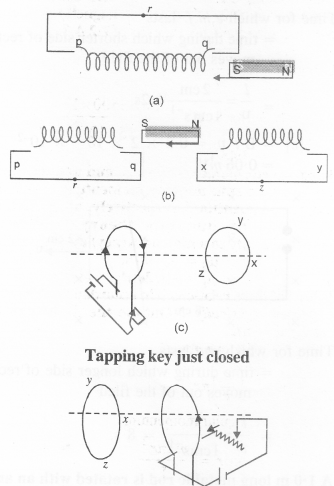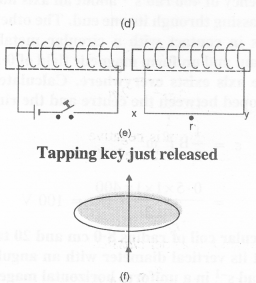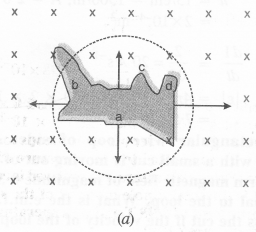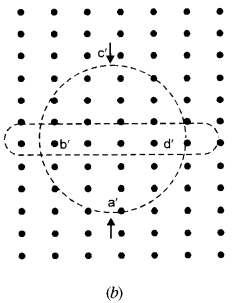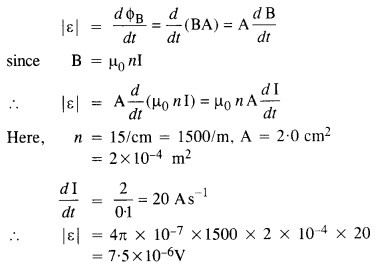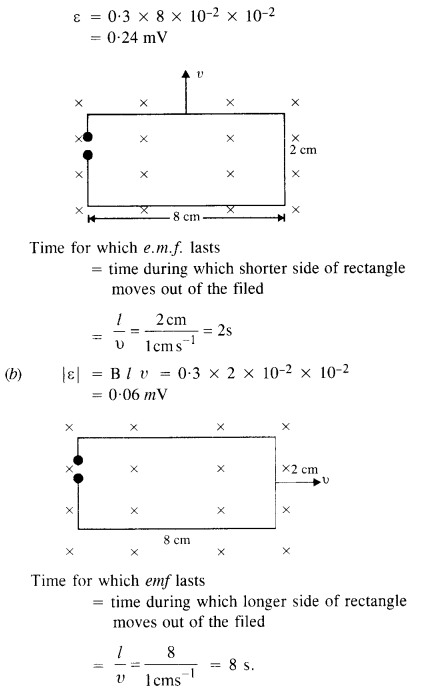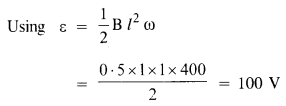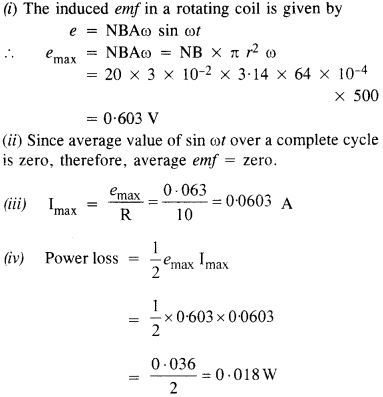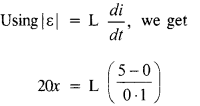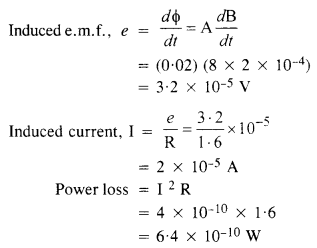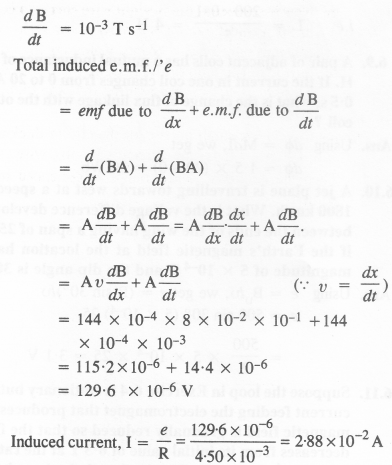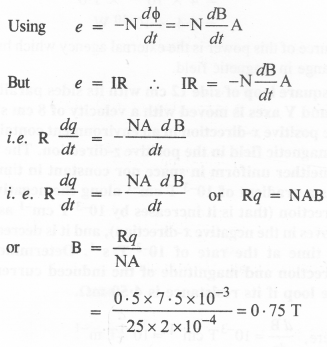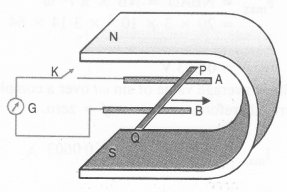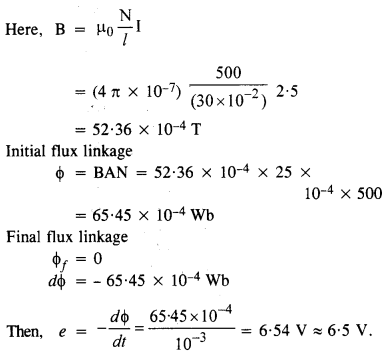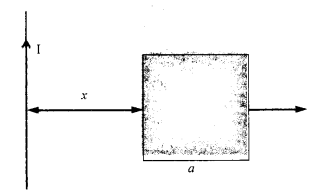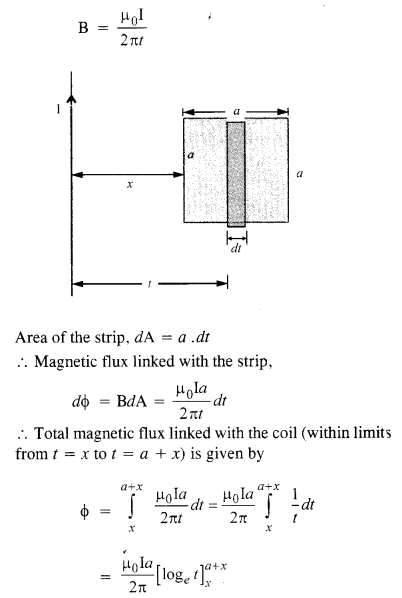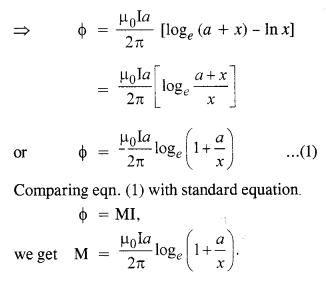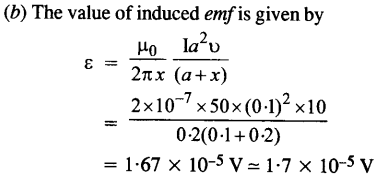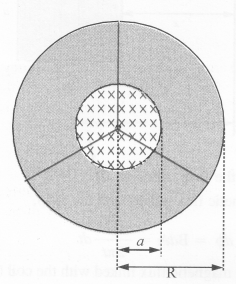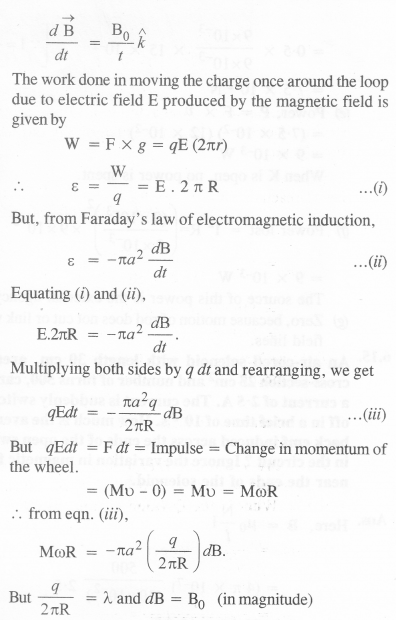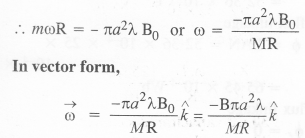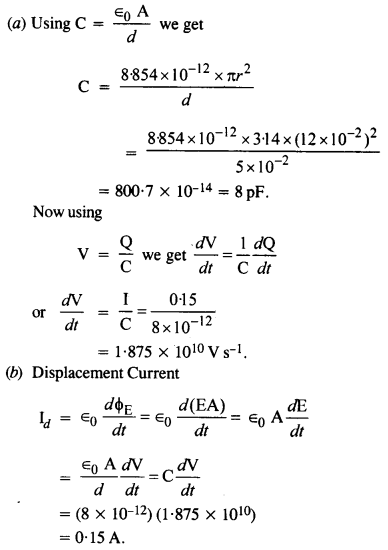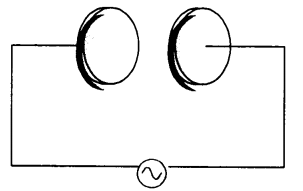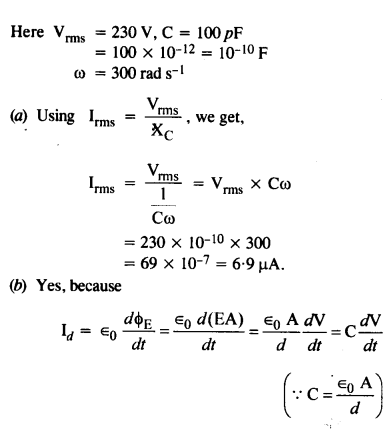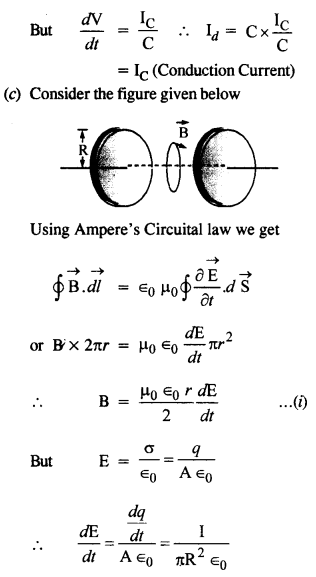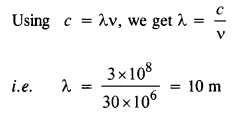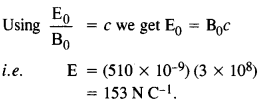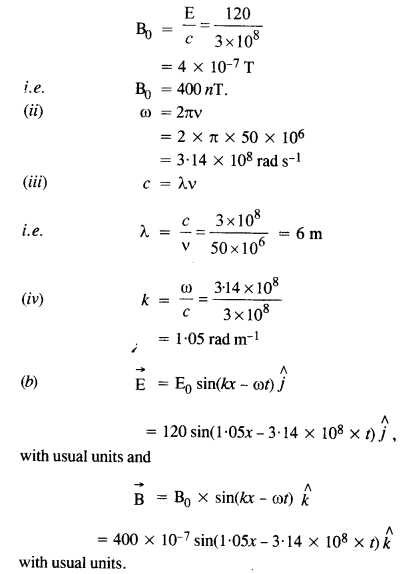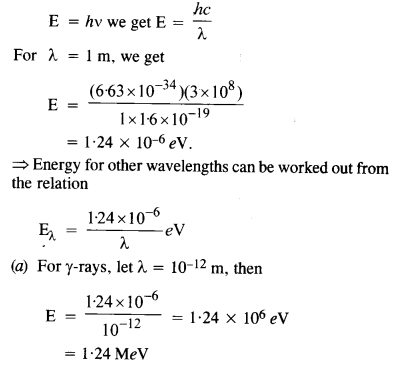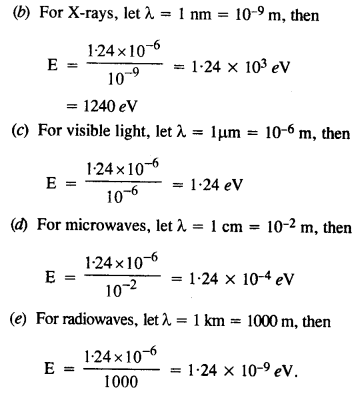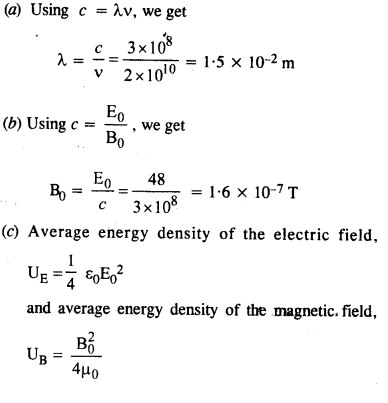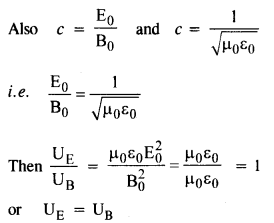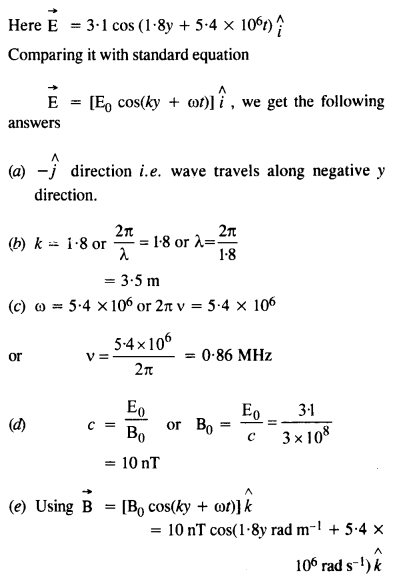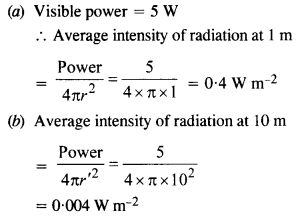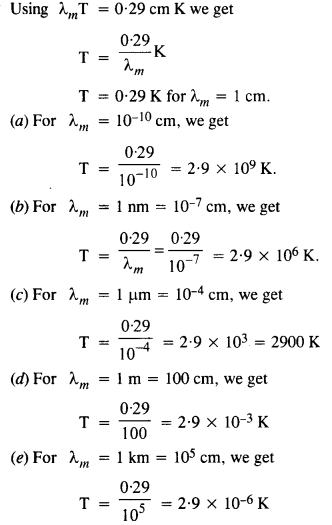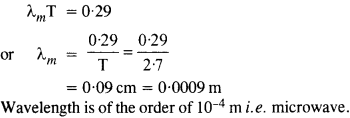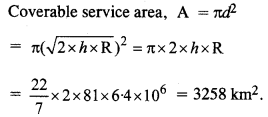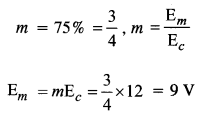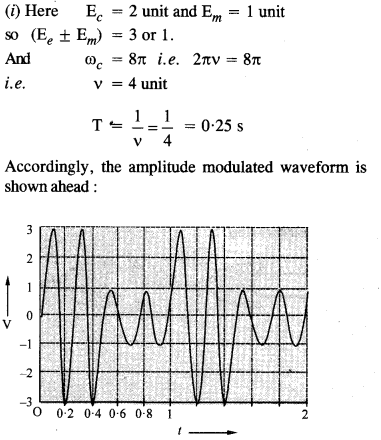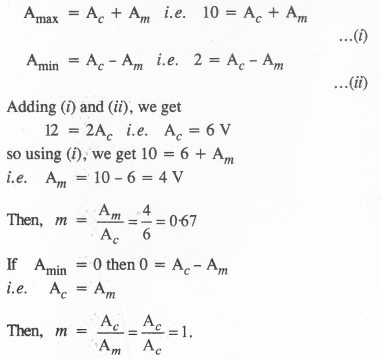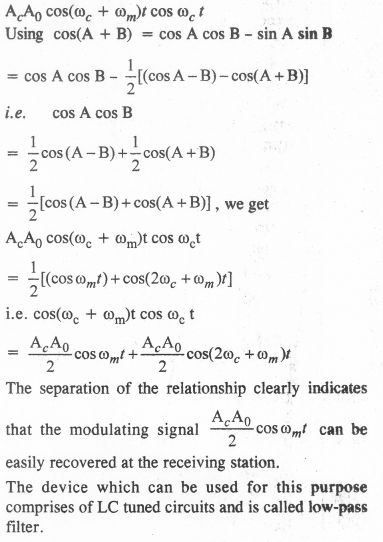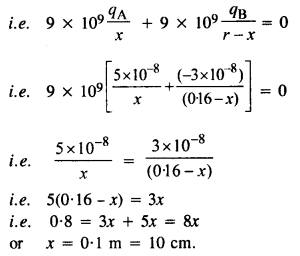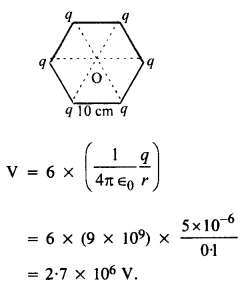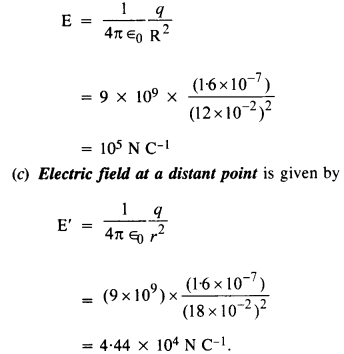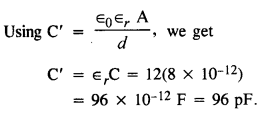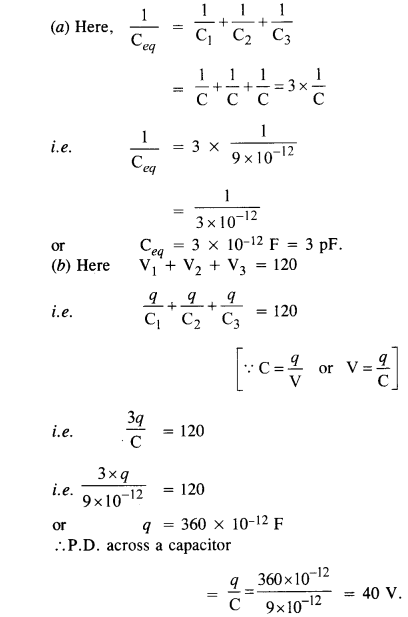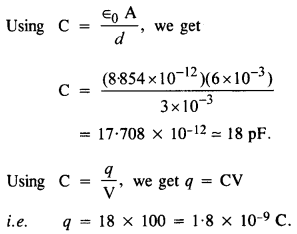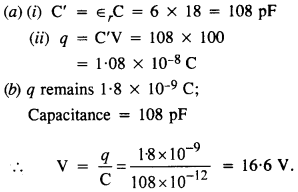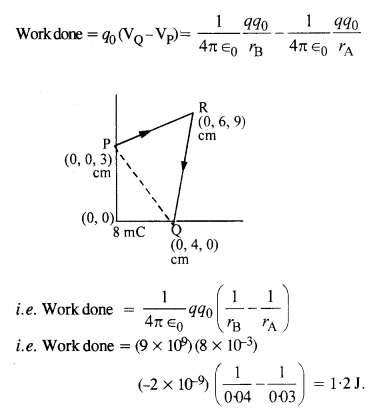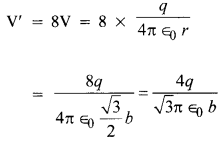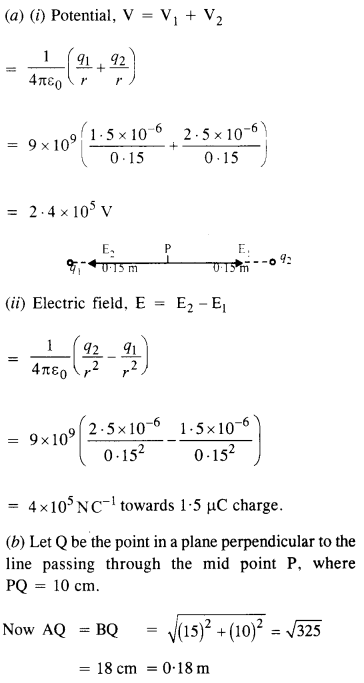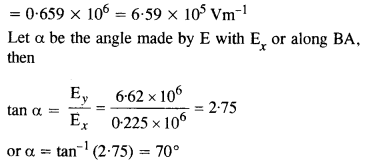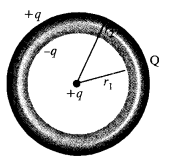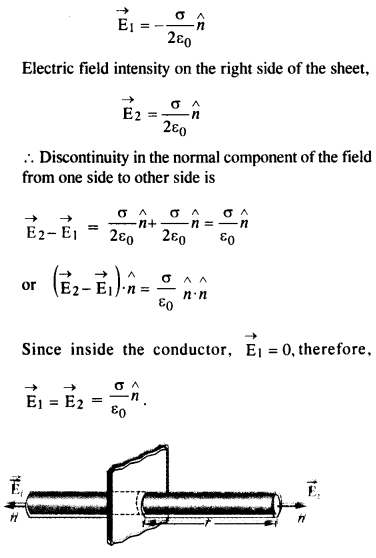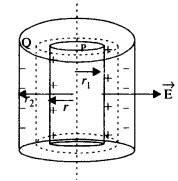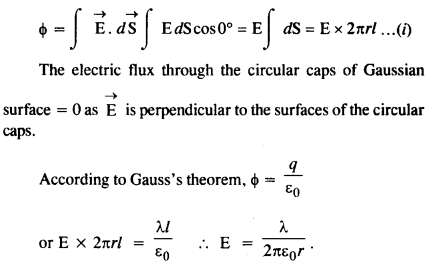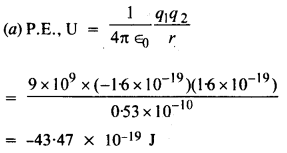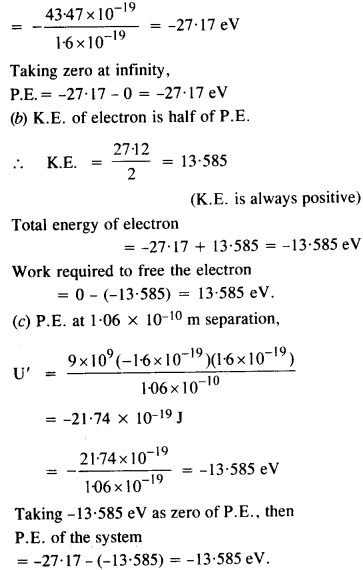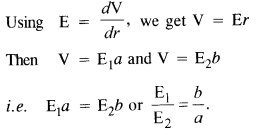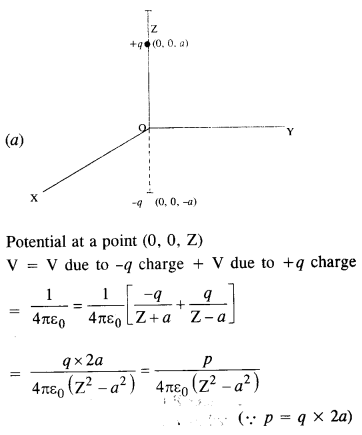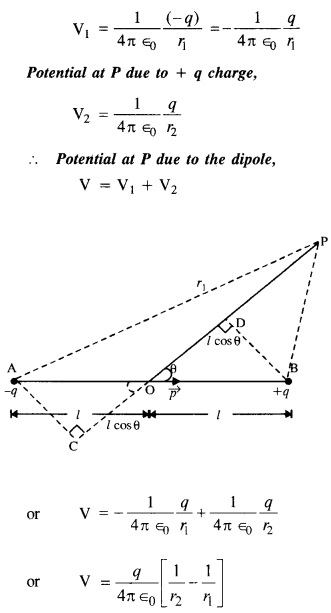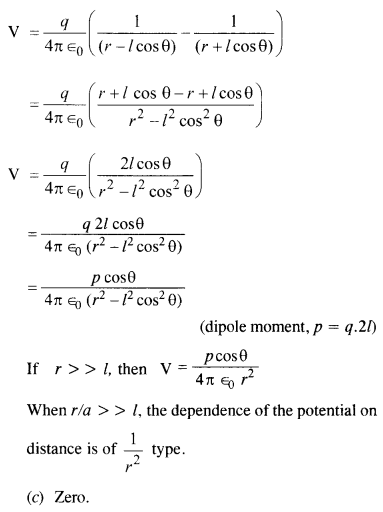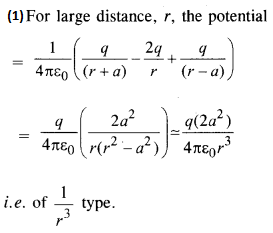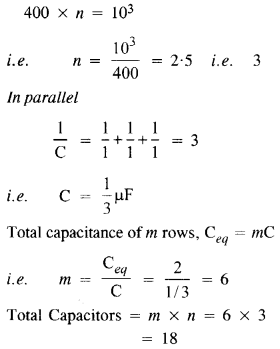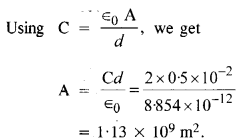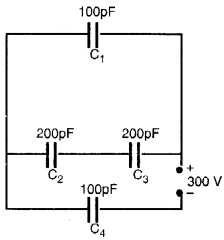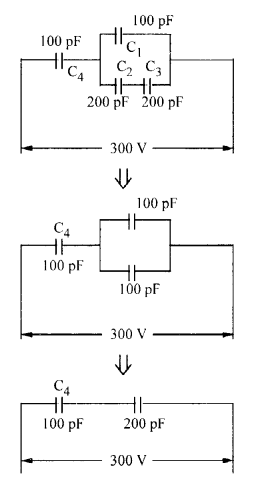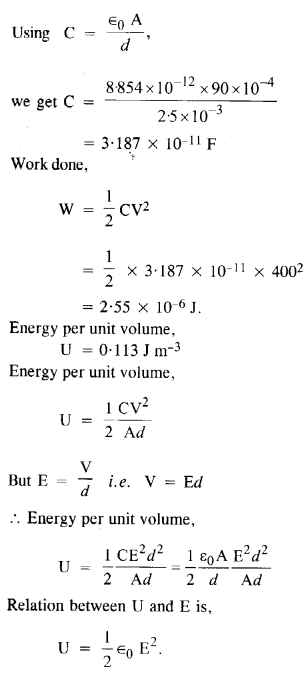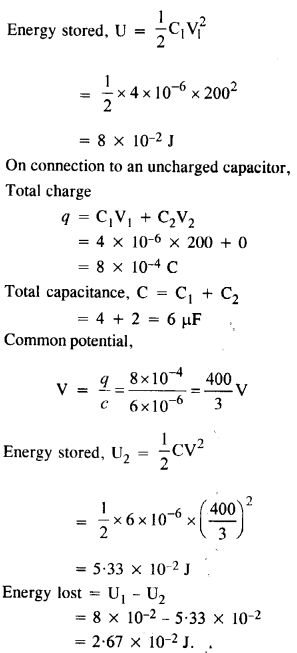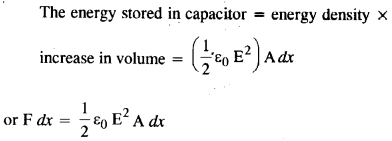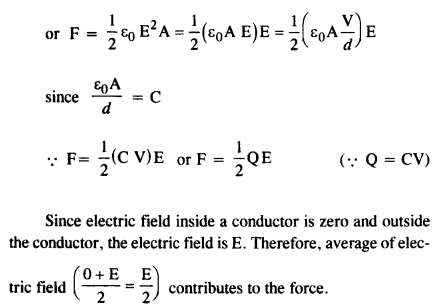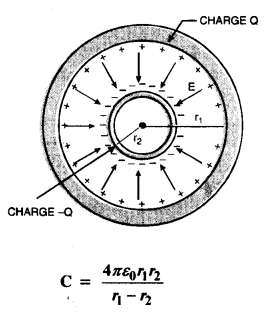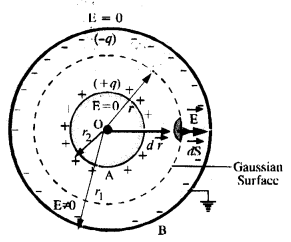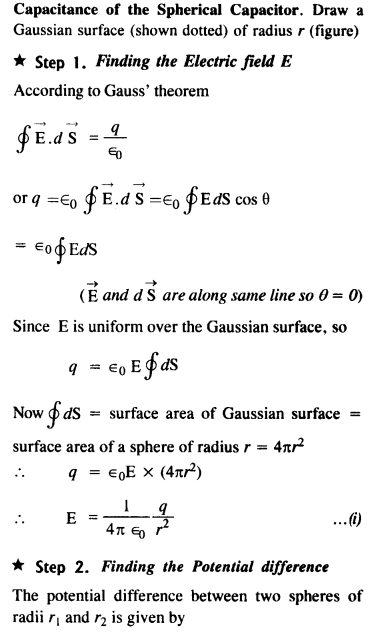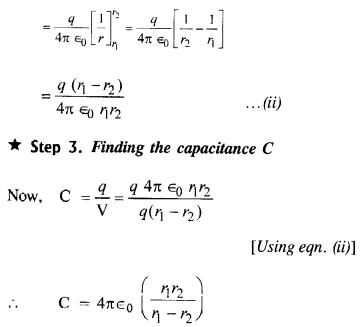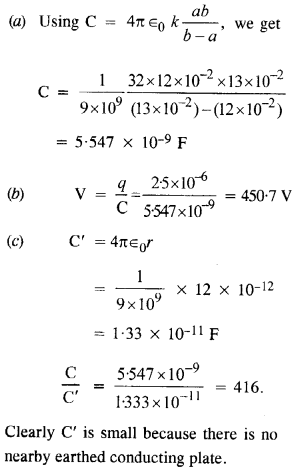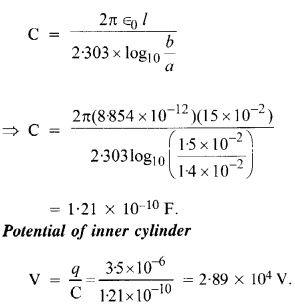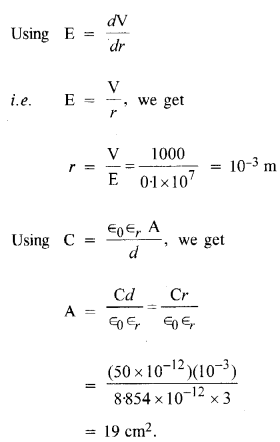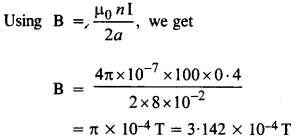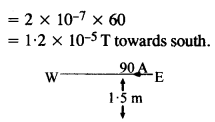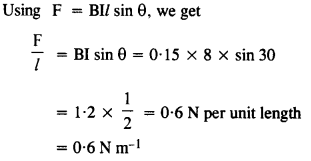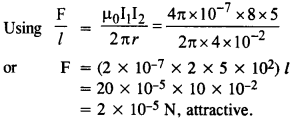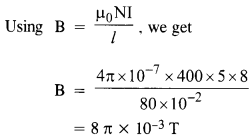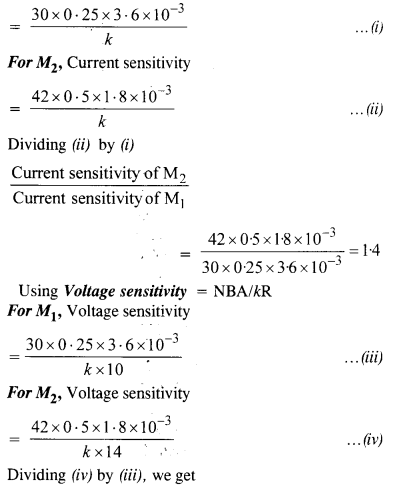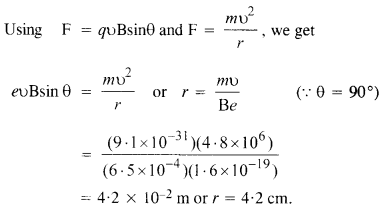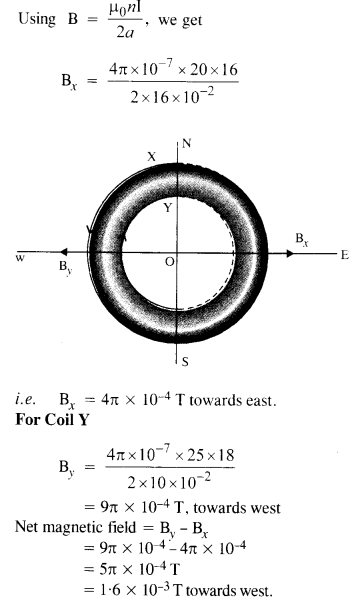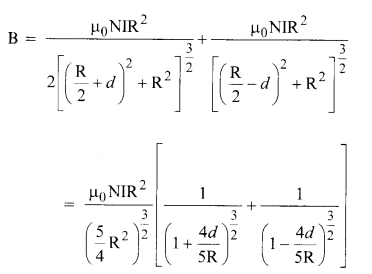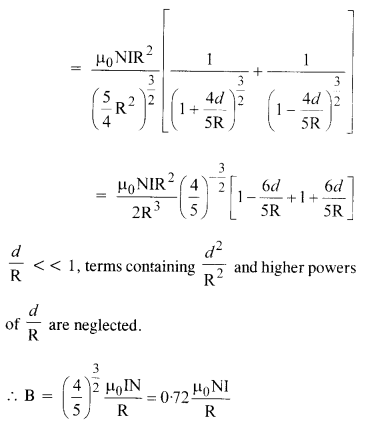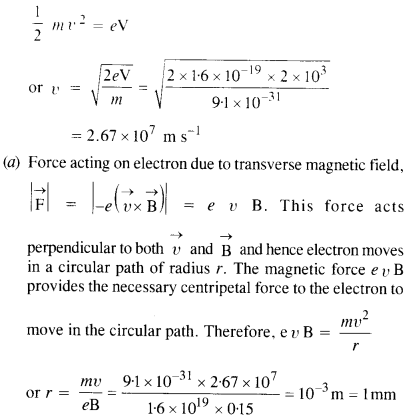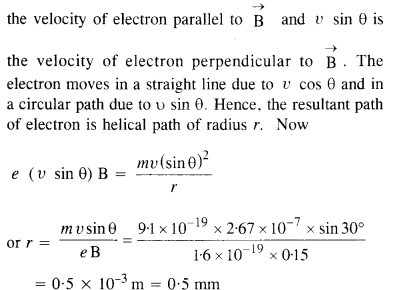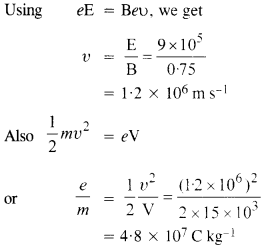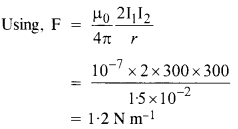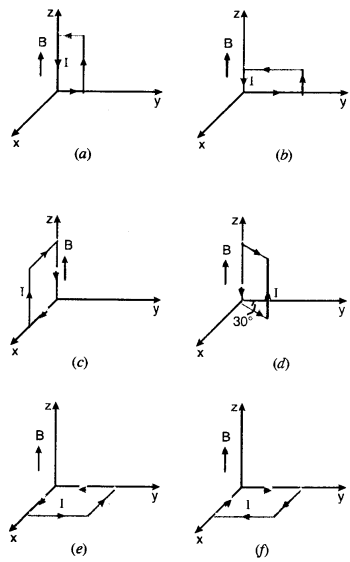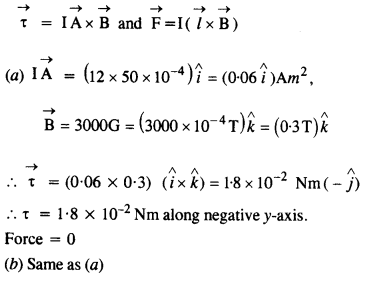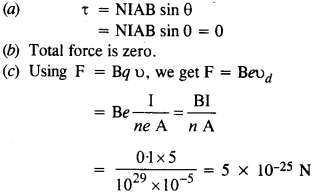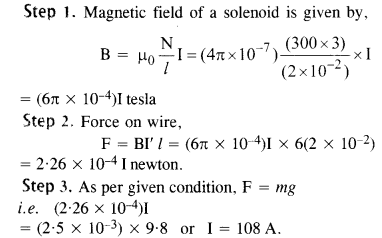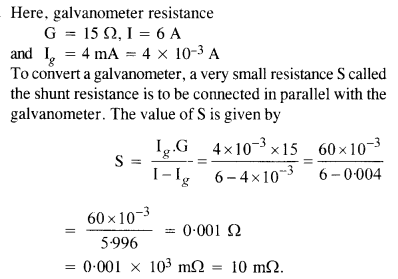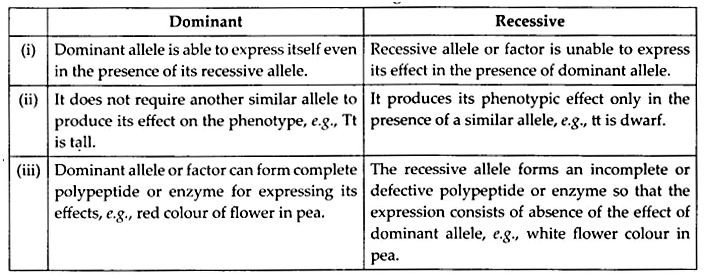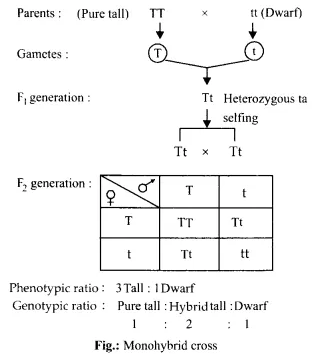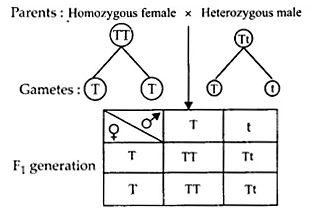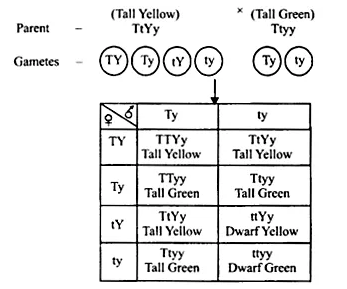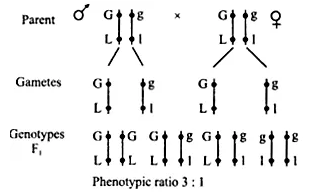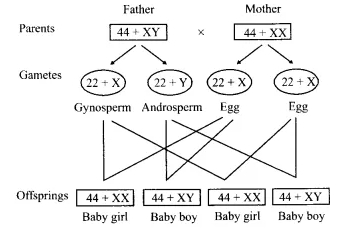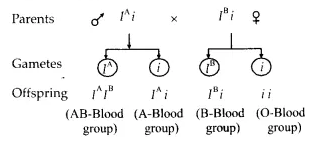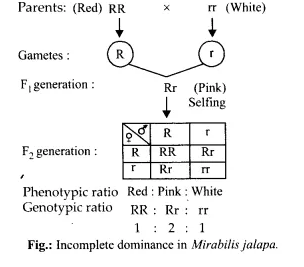NCERT Solutions for Class 12 Biology Chapter 9 Strategies for Enhancement in Food Production
These Solutions are part of NCERT Solutions for Class 12 Biology. Here we have given NCERT Solutions for Class 12 Biology Chapter 9 Strategies for Enhancement in Food Production
Question 1.
Explain in brief the role of animal husbandry in human welfare.
Solution:
- Animal husbandry evolves new techniques and technologies for the management of livestock like buffaloes, cows, pigs, horses, cattle, sheep, camels, goats, etc., that are useful to humans.
- These methods can also be applied to rearing animals like bees, silkworms, prawns, crabs, fishes birds, pigs, cattle, sheep, and camels for their products like milk, eggs, meat, wool, silk, honey, etc.
Role of animal husbandry in human welfare is discussed as follows:
- Milk is an important product of farm animals that are consumed as such, in the form of curd, cheese, butter, ice cream, etc. Milk is the only source of animal protein for vegetarians and is a complete food. Most of the milk is obtained from cows and buffalo. Other milk-yielding animals are goat, sheep, camel, and yak.
- Egg, like milk, is also a complete food. Chicken and duck are the two major sources of the egg.
- Meat is a protein-rich diet that is obtained from all types of livestock, e.g., goat, sheep, pig, cattle, chicken, fish, etc.
- Honey is a sweet syrup obtained from the hives of the honey bee. Honey is used in sweetening various preparations.
- Fibers like wool and silk are two high-quality fibres which we get from animals. Wool is the hair of sheep, some goats, and rabbits. Silk is a product of silkworms.
- The skins of many animals are converted into hides and leather.
- Drought animals are trained to carry men and materials besides other functions, e.g., buffalo, bullock, horse, camel, ass, elephant, reindeer, yak.
- The rearing of animals provides employment to many persons.
- Animal byproducts like horns, feathers, bone, dung, and droppings are all used in developing useful products.
Question 2.
If your family owned a dairy farm, what measures would you undertake to improve the quality and quantity of milk production?
Solution:
Some of the measures to be followed for proper management of dairy farm are :
- Selection of good breeds having high milk yielding potential according to the climatic conditions of the area.
- The shed under which the cattle are kept should be well ventilated with an adequate water supply for drinking as well as for washing. Shed should have pucca floor and proper drainage channel.
- The feed of the animals should be a balanced diet with right proportions of carbohydrates, fats, proteins, and roughage and it should be given timely in good quantity.
- Cleanliness and hygiene comes first for maintaining the livestock’s health and productivity. So, washing cattle and taking precautionary measures while milking are a must.
- Inspection, keeping records of the activities and consulting a veterinary doctor for regular checkups of the livestock should be undertaken.
Question 3.
What is meant by the term ‘breed’? What are the objectives of animal breeding?
Solution:
A group of animals which are related by descent to each other and possess similar characteristics like appearance, size, features etc. are said to belong to a breed. The purpose of animal breeding is to produce animals with increased yield, faster growth, improved reproductive rate.
Question 4.
Name the methods employed in animal breeding. According to you which of the methods is best? Why?
Solution:
Animal breeding is producing improved breeds of domesticated animals by improving their genotypes through selective mating. There are two methods of animal breeding, natural breeding which includes inbreeding, out-breeding, cross-breeding, out-crossing, etc., and artificial breeding which involves artificial insemination and multiple ovulation embryo transfer technology (MOET). It involves inseminating the native cows with the semen of superior bulls of exotic or indigenous breeds. Artificial breeding is the best method of breeding because of the following reasons:
- Semen collected from males may be used immediately or can be frozen and used later.
- The semen of desired bulls is collected under hygienic conditions, preserved, and sent to all insemination centres throughout the country.
- Semen collected from one bull can be used to inseminate many cows as fewer sperms are required to achieve conception when semen is deposited artificially. Hence, artificial insemination is very economical.
- It is healthier as the spread of sexually transmitted diseases can be controlled by this technique.
Question 5.
What is apiculture? How is it important in our lives?
Solution:
Apiculture is the practice of bee-keeping for the production of various products such as honey-bee’s wax, etc. Honey is a highly nutritious food source and is used as an indigenous system of medicines. Other commercial products obtained from honeybees include bee’s wax and bee pollen. Bee’s wax is used for making cosmetics, polishes and is even used in several medicinal preparations. Therefore, to meet the increasing demand of honey, people have started practicing bee-keeping on a large scale. It has become an income-generating activity for farmers since it requires low investment and is labour intensive.
Question 6.
Discuss the role of fishery in the enhancement of food production.
Solution:
Fishery is the rearing, breeding, catching & marketing of fishes and other aquatic animals. Fishes are important food for a large portion of human population. Meat of fishes is a rich source of proteins and other useful substances like polyunsaturated fatty acids (PUFA). The meat of other aquatic animals like prawn, crab is also consumed as food by human beings.
Question 7.
Briefly describe various steps involved in plant breeding.
Solution:
The major steps in breeding a new genetic variety of a crop are as follows:
- Collection of variability.
- Evaluation and selection of parents.
- Cross-hybridization among the selected parents.
- Selection and testing of superior recombinants.
- Testing, release, and commercialization of new cultivars.
Question 8.
Explain what is meant by biofortification.
Solution:
Biofortification is method of breeding crops with higher levels of vitamins and minerals, or higher proteins and healthier fats in view to improve public health. E.g., iron-fortified rice containing five times more iron than other varieties, wheat variety, Atlas 66 having high protein content, maize varieties having high lysine and tryptophan are produced.
Question 9.
Which part of the plant is best suited for making virus-free plants and why?
Solution:
The terminal bud having apical meristem are the best-suited parts of the plant for making a virus-free plant because they are not infected by a virus.
Question 10.
What is the major advantage of producing plants by micropropagation?
Solution:
Micropropagation is the tissue culture technique used for rapid vegetative multiplication of ornamental plants and fruit trees by using small-sized explants. Because of the minute size of the propagules in the culture, the propagation technique is named micropropagation. This method of tissue culture produces several plants. Each of these plants will be genetically identical to the original plant from which explants were taken. Plants obtained by vegetative propagation of a single plant constitute a somaclonal. The members of a single somaclonal have the same genotype. It is the only process adopted by Indian plant biotechnologists in different industries mainly for the commercial production of ornamental plants like lily, orchids, Eucalyptus, Cinchona, blueberry, etc., and fruit trees like tomato, apple, banana, grapes, potato, Citrus, palm, etc.
Question 11.
Find out what the various components of the medium used for propagation of an explant in vitro are.
Solution:
The major components of the medium for in-vitro propagation are:
- Water
- Agar-agar
- Sucrose
- Inorganic salts
- Vitamins
- Amino acids
- Growth hormones like Auxin, Cytokinins.
Question 12.
Name any five hybrid varieties of crop plants which have been developed in India.
Solution:
Some of the hybrid varieties of plants in India are:
- Pusa Gaurav
- Pusa Sem 2
- Pusa Sem 3
- Pusa Sawani
- Pusa A-4
We hope the NCERT Solutions for Class 12 Biology Chapter 9 Strategies for Enhancement in Food Production help you. If you have any query regarding NCERT Solutions for Class 12 Biology Chapter 9 Strategies for Enhancement in Food Production, drop a comment below and we will get back to you at the earliest.
